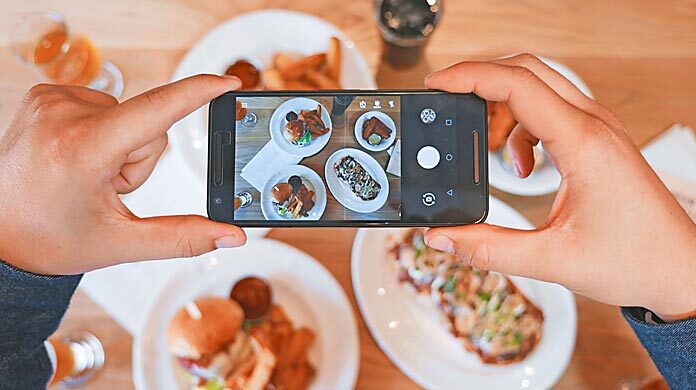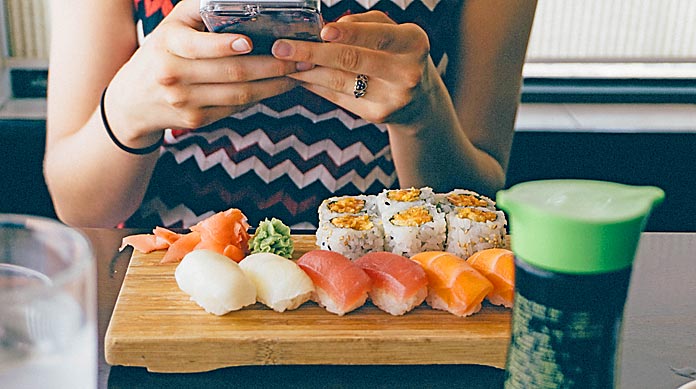
Article contributed by Nancy J. Chavira
Food blogging has grown in leaps and bounds in the past years and businesses and individual food bloggers can do a lot to catch up or stay current. There are so many websites out there, on an endless possibility of topics.
When it comes to food blogging, how can you make your site and recipes stand out above all others? Here are some of the most important things to look out for in food blogging moving into the future, so that you can update your website accordingly.
Mobile Comes First
Websites these days absolutely need to be mobile friendly because a large majority of the traffic will come from mobile devices. In fact, the latest statistics show that food blogs in particular receive as much as 80% of their traffic from mobile. This means that food bloggers need to have website themes that are responsive and looks amazing on mobile, with the desktop content developed afterwards.
This means that your website should have no important content hidden in side bars, all the header images need to be smaller, there can be no above-the-fold ads, and all of the content has to be delivered to visitors before you even think of asking for anything like a subscription to a newsletter. Finally, any in-content ads (those that are below the fold) are acceptable but you should be staying away from having any kind of header ads on any of your website pages.
Build Trust
Because there are so many food blogs out there, it’s important to promote yours not only for your human customers but also for Google’s search engine to showcase yourself as the leader in the field and your trustworthiness. People will want to know right away why your recipes and your information should be trusted above others. This means you have to show why you’re qualified to speak on the subject and establish yourself as a figure of authority in food blogging.
According to Nancy G. Hedley, a blogger at the site Research Papers UK, food bloggers and business owners should also “review their websites to find any pages that can be considered low quality or irrelevant. These could have low qualities scored assigned which means a site’s reputation could suffer as a consequence.”
 Boost Engagement
Boost Engagement
It’s important to have real engagement on your recipes because those that have a lot of comments and a good rating tend to rate higher on search engines. Although the algorithm is still unclear, more engagement will not harm your results, and at best will improve them. You still need to have high quality, authentic reviews, so don’t think you can write your own comments to boost your engagement.
Instead, Maria Tatley-Moore, a business writer at Last Minute Writing, says you should “focus on getting real, genuine comments and reviews. These are actually also considered as content for your post, so be sure to address any relevant comments as edits to your article.”
Review Your Page Structure
When you’re logged in as the Webmaster, take a look under the Structured Data section. Your website theme will have identified certain parts as the footer, the header, the sidebar, the content, and the breadcrumb. That’s how Google can know how your page is built. Google doesn’t put much emphasis on the website pieces that aren’t content, which means that food bloggers can outrank anyone if their recipe is just as good.
By having an approach that prioritizes mobile, you need to make sure that as much of your content as possible is available before the fold to match Google’s needs. This means, in short, that your header isn’t very important. Neither is your sidebar or your footer, for that matter. Focus your efforts and experience on the content itself of your post.
In previous years, people had extremely complicated website structures for their food blogging business, with recipe pages, archive pages, tags, categories, homepages, recipe index pages, the list goes on. Many of these would overlap or duplicate which created a lot of content issues. Food blogging is now moving towards a much simpler food blogging site structure that has only posts (the recipes), categories (the index), and the home page.
Nancy, a freelance writer at Lucky Assignments and Gum Essays, speaks and writes to her audience on various marketing and lifestyle topics. Her goal is to have a meaningful conversation with her audience on various current topics and trends. During her free time, she is an avid cook who likes to try new recipes.























